From the moment I first encountered the wines of Barbaresco, I have had a soft spot for the appellation on the right bank of the Tanaro River. Barbaresco wines epitomize grace, elegance and the kinds of aromas that comfort any Nebbiolo lover: pronounced roses, bottomless black fruit, menthol-ly minty-ness, and a faint touch of softly tilled earth. For all the grandeur and nuance among Barolo’s cru — a seemingly endless subject matter — I have consistently found more pleasure in Barbaresco. That is likely because these wines are easier to drink upon release: they are more compliant at the dinner table, and don’t require the type of feast that Barolo does.
It is true, however, that the designated cru vineyards of Barbaresco have more similarities than differences, something that cannot be said when you are studying Barolo. There, a sip of Bricco delle Viole next to Lazzarito, or Ravera next to Cerequio, can seem like a sip of night and day. In Barbaresco, only a small handful of the 66 cru vineyards show a true hallmark of character to average tasters.
For this edition of the Nebbiolo Fan Club, I’d like to focus on three of them: Rabajà, Ovello and Asili. The first and the last are often considered two of greatest cru in all of Barbaresco, while the second occupies a trickier standing because of its size and variety. Let’s explore.
2016 Giuseppe Cortese Rabajà Barbaresco
Known for their brisk tannins and powerful tones, the wines of Rabajà consistently garner praise for their impact and endurance. Many of the Langhe’s most famous winemakers have either built their reputation from or acquired vines in Rabajà: Bruno Giacosa, Giuseppe Cortese and Produttori del Barbaresco come to mind in the former camp, while Vietti’s recent news puts them in the latter.
Rabajà lies immediately south of the village of Barbaresco: a slender wedge of hillside that angles to the southwest at the top of a minor valley. Its neighbors are Martinenga and Asili (featured below), with Faset and Pora anchoring the ridge near the Tanaro River. Because Rabajà is furthest of these from the river, it has less humidity, so wider temperature swings from day to night. The soil is also more compact and sandy, and all of these factors ladder up to a more robust wine.
The Cortese family winery overlooks Rabajà. In fact, the winery’s address is Strada Rabajà. Their holdings in the vineyard are extensive, and they rely on it for all three of their Nebbiolo wines. The vine ages are mostly old, ranging from 40 to 70 years, and in the best vintages, a Barbaresco Rabajà Riserva is produced from the oldest vines. It is from these exceptional raw materials that Giuseppe Cortese has built a reputation almost entirely on the soil of this one vineyard.
The 2016 Giuseppe Cortese Rabajà Barbaresco was like a coiled spring on the night I tasted it. The first glass was tightly wound and tannic, the fruit submerged under the weight of the wine’s power. But after an hour, it arrived dramatically, conveying a high degree of complexity. Sour cherry and sweet blue fruit aromas mingled with roses, balsamic, baking spice, leather and star anise. For a Barbaresco, the personality was more Type A than I am used to, but that would appear to be the vineyard speaking. If you want to know Rabajà’s voice, its the most profound. This is an invigorating wine worth seeking out.
Barbaresco (Piedmont)
Grapes: Nebbiolo 100%
Alcohol: 14.5%
Rating: ★★★★★ (out of five)
Food-friendliness: Selective
Value: Very good
Click on the above wine icons to learn more
2011 Produttori del Barbaresco Ovello Barbaresco
Ovello is a bit like Barolo’s Bussia cru in that its size and variance render only broad-stroke descriptors of its substance. Some aspects face east, others face west, much of it angles to the south. It is also larger than Rabajà, Martinenga and Asili combined. Along the ridge of Ovello, the Tanaro River seems to pivot for a closer look, flowing beneath the hillside where it has scoured out the clay soil, and made a row of bluffs. The Tanaro influences the Nebbiolo grapes by keeping one side of Ovello cool and humid; the other side is barely influenced at all.
Despite Ovello’s muddled identity on paper, the vineyard has yielded some impressive Barbaresco over the years, perhaps none better known than Produttori del Barbaresco’s Ovello. I held onto the 2011 vintage for three years, and would have waited longer if I didn’t need the space for another wine I brought into the collection. To me, the wine’s evolution over three years was non-existent: a boulder that moves at glacier time.
Ovello does have a reputation for nervous energy and firm tannins, and that was certainly the case with this wine, which I opened early on a Sunday afternoon so I could “check in” with it over many hours. The aromas suggested dark cherries, a heavy dose of star anise and black truffle, as well as some earth, but these notes were protected by a ferocious character that seemed unrelenting. The tannins, in particular, needed something to tame them: a lamb chop, half a century of aging, or maybe a chair and a bullwhip.
I’ll admit that I was slightly surprised by this wine. Barbaresco rarely strikes me as a bombastic wine, but I have also read that sometimes in the evolution of Nebbiolo, the wine goes through an awkward phase of maturity before emerging beautifully. I’ll chalk this one one up to the nervousness of adolescence.
Barbaresco (Piedmont)
Grapes: Nebbiolo 100%
Alcohol: 14.5%
Rating: ★★★★ 1/2 (out of five)
Food-friendliness: Selective
Value: As expected
Click on the above wine icons to learn more
2016 Ca’ del Baio Asili Barbaresco
Along with Rabajà and Sorì San Lorenzo, Asili is consistently discussed as one of Barbaresco’s very best cru. This is evidenced by the roster of winemakers who own plots in Asili: Bruno Giacosa, Ceretto, Roagna, Michele Chiarlo, Produttori del Barbaresco and of course, the family behind this wine, Ca’ del Baio.
What has drawn wineries and aficionados to Asili is its soil; its ideal aspect, angle to the sun and bowl shape; as well as its Goldilocks distance from the Tanaro River. Everything on this hill is calibrated for winemaking, and the wines it yields are just that: perfectly balanced. Known for their elegance, Asili wines are identified by their fine tannins, and celebrated for their ability to age for decades.
Few families have deeper metaphorical roots in Asili than the Grasso family of Ca’ del Baio. A few weeks ago, I met Federica Grasso of Ca’ del Baio here in Denver. Her family’s Asili Barbaresco has long been a fixture on some of Denver’s top wine lists, including my favorite neighborhood spot — Annette Scratch-to-Table. I’ve come to know this wine well.
Federica told me that at one time, her great-grandmother was the largest land owner in Asili, eventually selling some of the parcels off to Bruno Giacosa and Ceretto. But, as she noted, “there was no request for Barbaresco Asili at the time.”
There certainly is now, and as she noted, no one is selling Barbaresco land at the moment because it is too precious. “We are lucky to have the generation that did that investment, because today it would be impossible to buy [into Asili].”
“Asili is lower in altitude with clay soil,” she told me. “But it is still influenced strongly from the river. It is warmer because of the humidity.” Oddly enough, she notes that Asili requires less treatment than their Barbaresco vineyards in nearby Treiso because of the northerly winds that frequently refresh the vineyard. I got a sense that even Federica, whose family has tended to Asili for many generations, has a sense of awe and wonder about Asili’s intangible character. “The terroir is a bit unique because there are so many things that affect this cru, which makes [the wines] deeper but not rustic.”
That warmth does seem to translate into slightly higher alcohol levels than other Barbaresco cru, but I still found the vineyard’s reputation for refinement and elegance in the 2016 Ca del Baio Asili Barbaresco. Conjuring notes that shift between suggestions of bitter cherries and ripe blueberries, as well as tobacco leaf, mushroom, nutmeg, star anise and vanilla bean, Ca’ del Baio’s Barbaresco Asili is already revealing its complexity. I found its character to be gracious but convincing: a wine that knows what it represents, but doesn’t push that notion upon you. Every sip seems to be a little different, a little more clear, a little more compelling. Give this wine time at the table: it rewards those with patience.
Barbaresco (Piedmont)
Grapes: Nebbiolo 100%
Alcohol: 15%
Rating: ★★★★★ (out of five)
Food-friendliness: Versatile
Value: Very Good
Click on the wine icons above to learn more
Note: All three wines were provided as a sample from their respective importers, however, I have regularly purchased all three wines in the past as well. Learn more about my editorial policy.

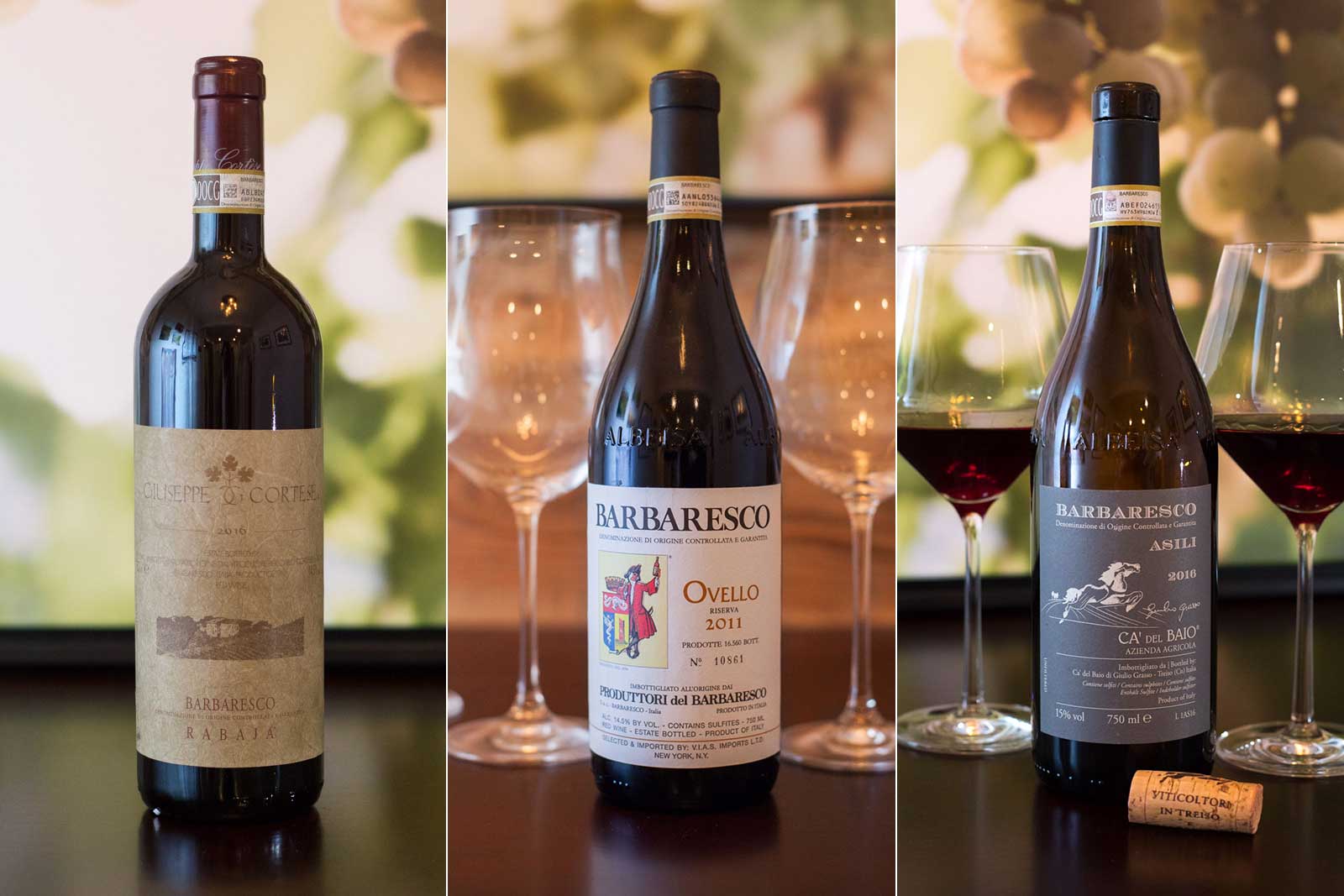
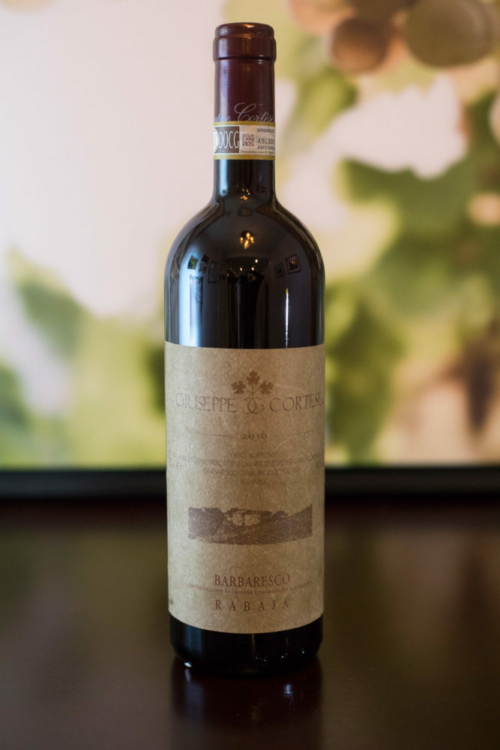
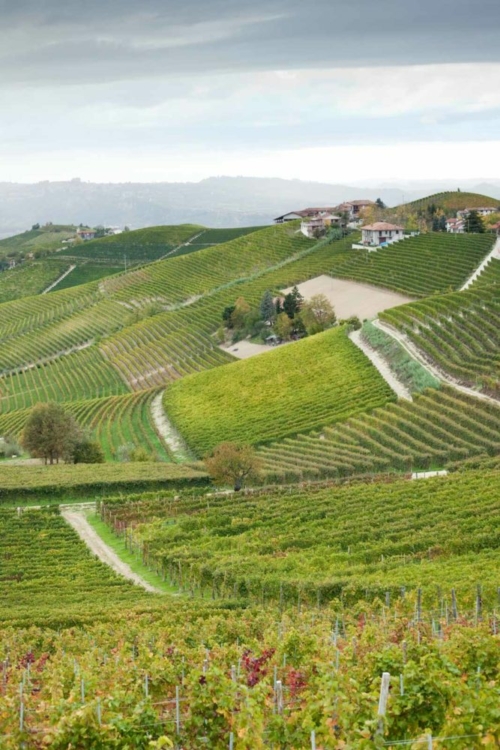
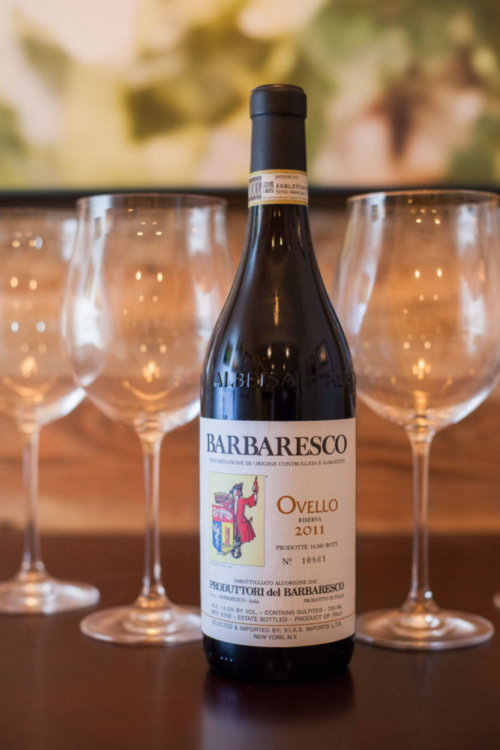
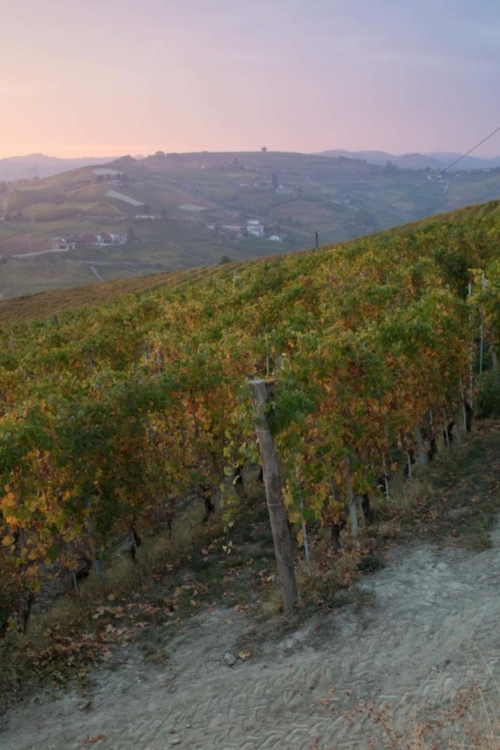
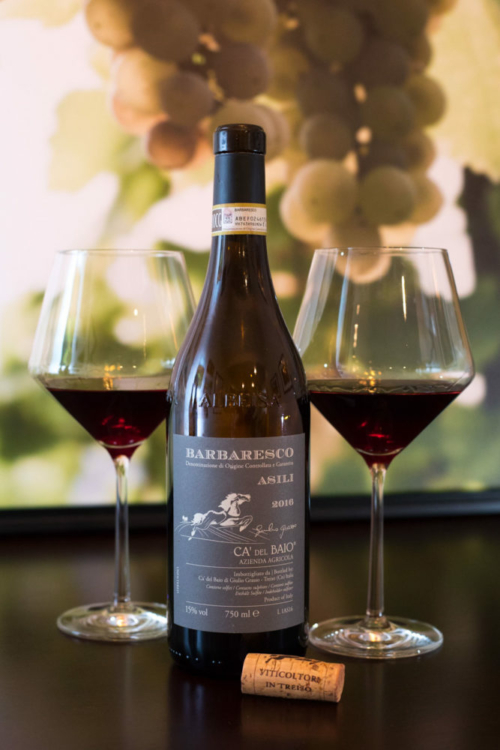

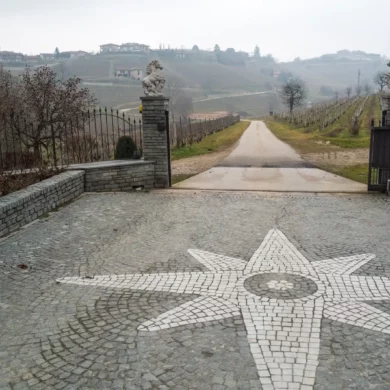
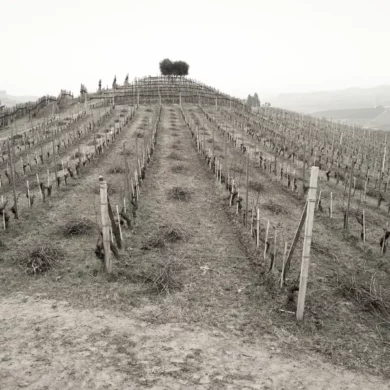
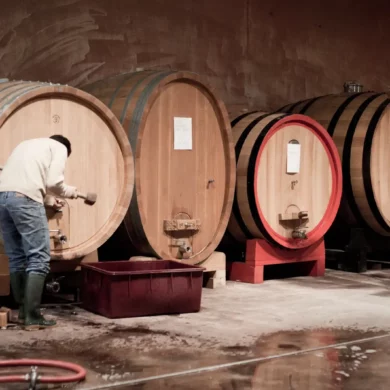
top shelf!! cracks me up with the whole “dried fruit and dark chocolate” comments if you want that go get a cherry ripe. if you want a good scotch this is it!!